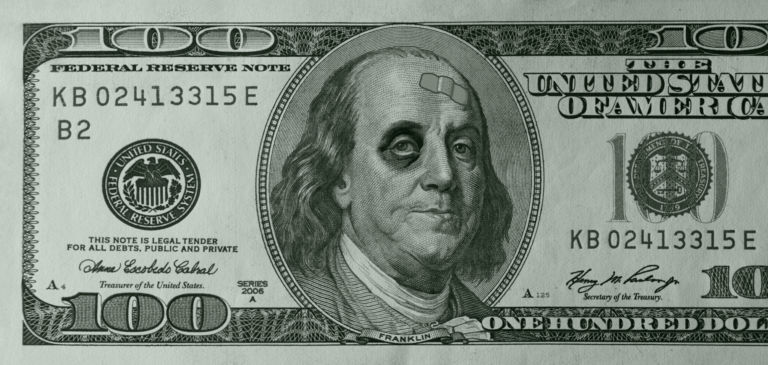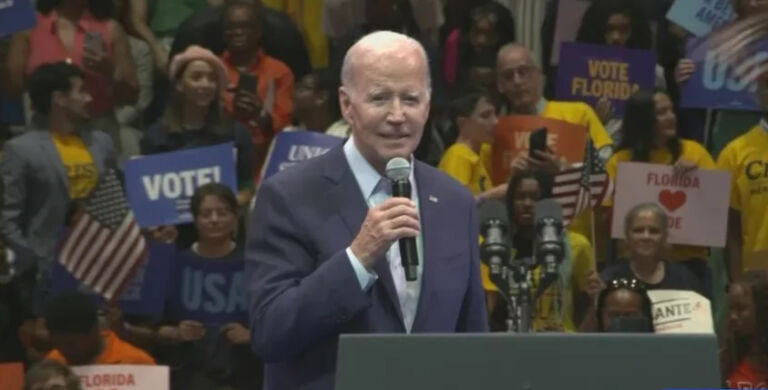Recession seems rather inevitable for the country, especially given the continually high inflation rate—but don’t tell the Biden administration. It seems like far too many of the so-called experts are content with giving the best outlook possible, even when all available data tells a different story.
This week, the latest Consumer Price Index (CPI) report climbed to 6.4 percent, which is down only slightly from December’s 6.5 percent. That’s nearly a full percentage point up from where it was in January 2022, at 5.6 percent. That number might not sound quite as scary as the 9.1 percent the CPI reached in the summer of 2022, but it’s also far higher than the 1.4 percent it was when President Joe Biden first took office.
As Jeanna Smialke of The New York Times explains: “And prices continued to increase rapidly on a monthly basis as a broad array of goods and services, including apparel, groceries, hotel rooms and rent, became more expensive. That was true even after stripping out volatile food and fuel costs.
“Taken as a whole, the data underlined that while the Federal Reserve has been receiving positive news that inflation is no longer accelerating relentlessly, it could be a long and bumpy road back to the 2 percent annual price gains that used to be normal. Prices for everyday purchases are still climbing at a pace that risks chipping away at economic security for many households.”
The numbers are discouraging, but it seems like some the Biden administration hasn’t been taking the cost and impact of inflation seriously for months.
In his State of the Union address, the President said, “We have more to do, but here at home, inflation is coming down. Here at home, gas prices are down $1.50 a gallon since their peak. Food inflation is coming down. Inflation has fallen every month for the last six months while take home pay has gone up.”
It seems like pride went before the fall.
When it comes to nearly all consumable products, prices are up. Whether that’s at the grocery store, gas station or saving up for that family vacation, everything is more expensive. This is hurting families, and the situation will either stay the same or continue to deteriorate.
But, as White House Council of Economic Advisors Cecilia Rouse said in a recent CNBC op-ed: “These are extraordinary times for America’s economy. Recent data suggest that our labor market remains strong even as inflationary pressures are showing signs of easing.”
What CPI report did she read? There’s a huge difference between the Jan. 2021 inflation rate of 1.4 percent and Jan. 2023 inflation rate of 6.4 percent. Though inflation is down from its June 2022 peak of 9.1 percent, the last time inflation was at a “normal” level was in 2021, in the initial months of Biden’s presidency.
The employment data is still strong, but that doesn’t mean that the country is out of the woods yet when it comes to a recession.
Some may believe that the country can accurately execute the “soft-landing” that has been much discussed or avoid a recession all together, but that’s doubtful. At the World Economic Forum, two-thirds of those chief economists surveyed believed that there would be a global recession in 2023.
Pacific Investment Management Company is also still predicting a recession, with its North American economist arguing, “Recent data on net haven’t caused us to change our outlook for a mild U.S. recession – we’re only pushing the timing back a little bit.”
Morgan Stanley even recently posted an article telling its customers “5 Ways to Protect Your Finances in a Recession.”
Recession is a grave concern for most families, especially after dealing with two years of growing inflation. The numbers on employment may still be promising, but the rest decisively is not.


